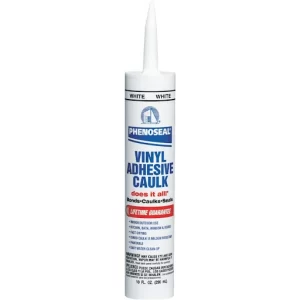WD-40 Multi-Purpose Lubricant – 3 oz can
- Ideal for on the go
- Convenient, easy to store size
- WD-40 loosens rust-to-metal bonds and frees stuck, frozen or rusted metal parts
- WD-40’s lubricating ingredients are widely dispersed and hold firmly to all moving parts
- Because WD-40 displaces moisture, it quickly dries out electrical systems to eliminate moisture induced short circuits
- WD-40 protects metal surfaces with corrosion-resistant ingredients to shield against moisture and other corrosive elements
- WD-40 non-aerosol formulas also dissolve adhesives, allowing easy removal of labels, tape, stickers and excess bonding material
| Units in Package | 1 |
|---|---|
| Unit Size | 3 oz |
| Directions | Point nozzle toward mark. Shake can well. Saturate area and let soak for several minutes. For best rust protection, do not wipe off. |
| Warnings | Danger: Flammable. Contents under pressure. Harmful or fatal if swallowed. Keep out of reach of children. See other cautions on back. Danger: Contents Are Flammable: Keep spray away from heat, sparks, pilot lights, open flames, etc. Unplug electrical tools, motors and appliances before spraying or bringing the can near any source of electricity. Electricity may burn hole in can and cause contents to burst into flames: to avoid serious burn injury, do not let the can touch battery terminals, electrical connections on motors or appliances, or any other source of electricity. Breathing Hazard: Use only in a well-ventilated area. Do not breathe vapor or spray mist. Deliberate or direct inhalation of vapor or spray mist may be harmful or fatal. Contents Under Pressure: Do not store above 120 degrees F. Do not place can on hot surfaces or in direct sunlight; heat may cause can to burst violently. Do not puncture, crush or incinerate (burn) can, even when empty. First Aid: Ingestion – Contains petroleum distillates. Harmful or fatal if swallowed. If swallowed, do not induce vomiting. Call physician immediately. Eye Contact: Immediately flush eyes with large amounts of water for 15 minutes. Skin Contact: Wash with soap and water. Inhalation (breathing): Remove to fresh air. Give artificial respiration or oxygen, if necessary. |











